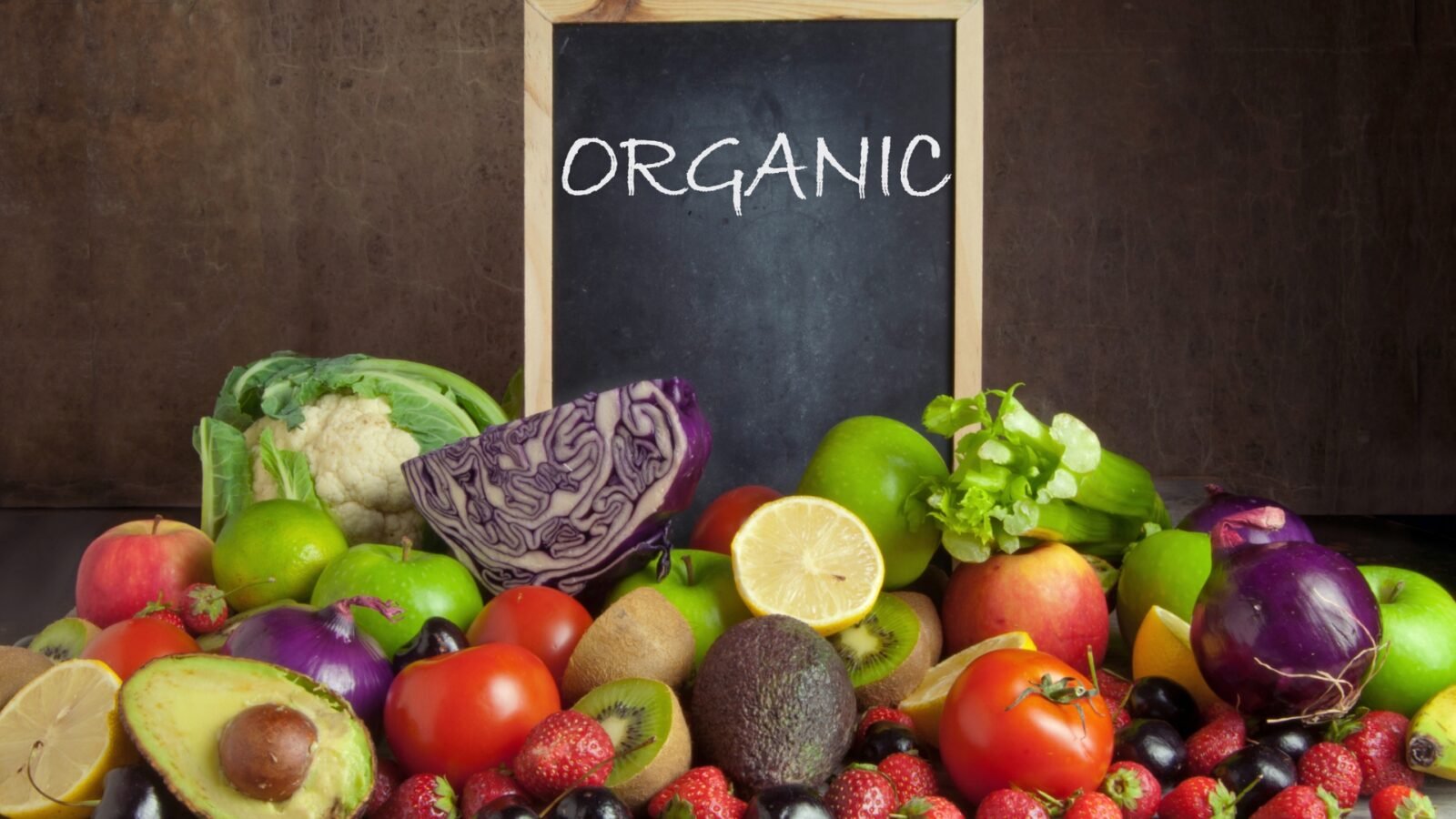The burgeoning interest in organic food has led to an expansion of organic food sections in grocery stores. This growth prompts a critical examination of the differences between organic and conventional foods, and the implications for consumers.
Organic vs. Conventional Foods
Organic Foods: Defined by the United States Department of Agriculture (USDA), organic foods must adhere to specific production methods that promote recycling, environmental sustainability, and biodiversity preservation. These methods exclude the use of synthetic fertilizers, pesticides, antibiotics, or hormones. Products containing 95% or more organic materials may bear the USDA Organic seal.
Conventional Foods: These are produced using traditional agricultural methods, which may include the use of synthetic chemicals and other conventional practices.
Labels and Definitions
The USDA also regulates labels for animal-derived foods, including:
- Free-range: Animals have shelter, unlimited access to food and water, and continuous outdoor access.
- Natural: Minimally processed with no artificial ingredients (applies to processed meat, poultry, and eggs).
- Grass-fed: The animals’ diet mainly consists of grass, but this does not restrict the use of antibiotics, hormones, or pesticides.
Safety Concerns
Chemical Contamination: Studies have shown that chemicals used in conventional food can cause various health issues. The Environmental Protection Agency (EPA) regulates the residue levels in conventional foods, but some argue that the permissible levels are too high. Research indicates that exposure to pesticide residue is higher in conventional food than in organic food.
Bacterial Contamination: The use of low-dose antibiotics in conventional animal farms has led to the growth of antibiotic resistance and an increase in antibiotic-resistant food-borne illnesses. Organic meats have been found to have a lower risk of such contamination.
Organic Diet and Cancer Risk
No long-term studies have been conducted to assess the effect of an organic diet on cancer rates.
Nutritional Value
Research has not conclusively determined that organic foods are more nutritious than conventional foods. Many variables affect nutrient content, making large-scale evaluation challenging.
Organic vs. Healthy
Organic does not always mean healthy. Organic junk food is still unhealthy, and a balanced diet should be prioritized.
Budget Considerations
For budget-conscious shoppers, prioritizing organic purchases based on chemical residue levels can be a practical approach. The Environmental Working Group provides a list of foods with high and low residue levels.
Tips for Buying Organic Foods on a Budget
- Compare Prices: Some organic foods may be similarly priced to conventional ones.
- Buy In-Season: Seasonal organic foods are often tastier and less expensive.
- Choose Conventional for Discarded Skins: Such as citrus fruits, avocado, etc.
- Prioritize for Vulnerable Individuals: Such as young children and pregnant women.
- Choose Organic Animal Products: Opt for companies that avoid hormones or unnecessary antibiotics.
- Explore Community Supported Agriculture (CSA): Local, in-season produce, often organic, can be more affordable.
The choice between organic and conventional foods is multifaceted, encompassing considerations of environmental impact, health, nutrition, taste, and budget. While organic foods offer certain benefits, the overall dietary pattern should emphasize balance and nutritional adequacy. Engaging with local farmers, understanding labeling, and making informed choices can lead to a healthier, more sustainable diet.















Leave a Review